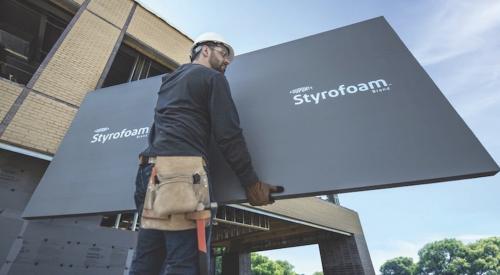The 2018 IECC building code was negotiated and agreed upon by the solar and home building industries to be the most flexible to date. Yet, interest groups want policymakers to weaken efficiency requirements. Here's what they're missing.
Groups requesting that officials use solar energy as a "trade off" for energy efficiency requirements demonstrate a failure of understanding. Firstly, solar energy and efficiency are not the same thing, and cannot be traded one-for-one. The 2018 IECC is the first to recognize and account for solar energy use, and adds greater flexibility for builders to meet the requirements with an easier, though less efficient pathway, the 2018 Energy Rating Index. ERI and the code were developed and supported "widely" by builders, the solar industry, and local building officials to establish greater inclusivity for builders, CodeWatchers reports. As well, changing one aspect of the code can "unbalance" the rest of it, as "IECC works as a kind of clean energy ecosystem."
When speaking to policymakers, everyone should remind them that the 2018 IECC: Is the first IECC to recognize and account for the use of solar energy; Was developed and agreed to by a large group of stakeholders including the home building industry and solar industry; Gives the home builders flexibility in meeting the codes; Grants the home builders’ request that the 2018 ERI pathway be less efficient than it was in the 2015 code; Allows R-38 ceiling insulation to be used instead of R-49 even without solar; and is the perfect model code to help states and municipalities reach their zero-energy goals.
Read more













